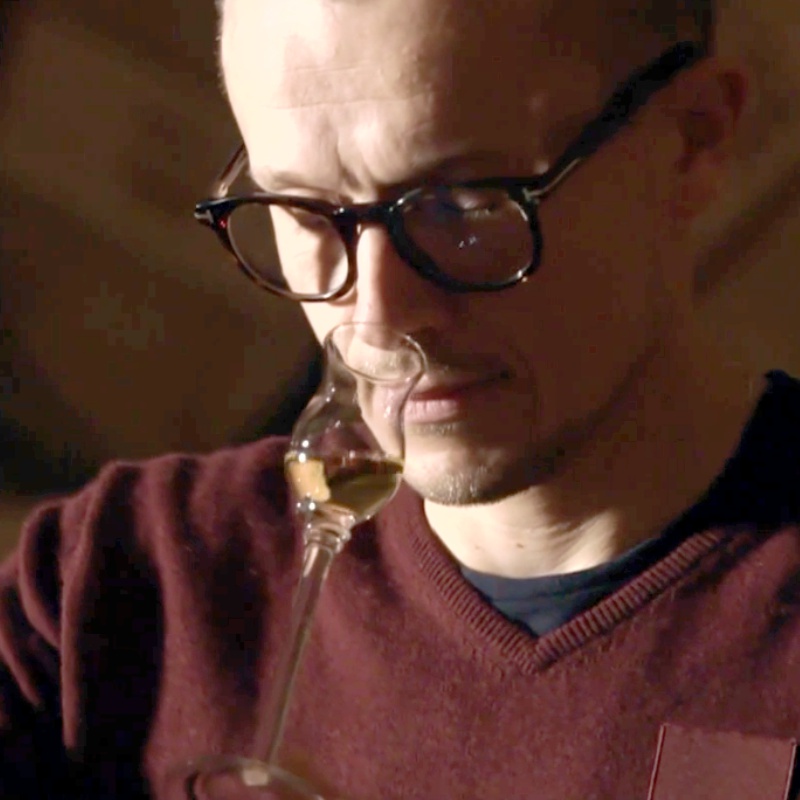Senses of Grappa
The olfactory and gustatory memory
Consciously tasting a beverage or food, analyzing its sensory aspects and qualities, can be a challenging task for non-experts. All this requires a certain level of attention and, above all, a good amount of training to listen to our senses, magnificent receptors of everything happening around us. Recognizing a scent when sniffing a Grappa means capturing a precise clue that reveals a specific aroma. To do this, it is necessary to develop an olfactory memory, creating a catalog of scents in our memory to use as comparison terms in our tasting. Equally essential is the development of a gustatory memory. Once established fixed rules in the tasting process, appropriate terminology, and correct execution overall, we can truly express a judgment on what we are tasting.
The Power of Smell
We are bombarded daily with images that overwhelmingly stimulate our sight, making this sense the prince of all others, forgetting that smell is the only sense that sends information directly to the brain. This is not the case for touch and not for hearing, as it is not for sight.
Through smell, we are conditioned much more secretly than one might think. There is even olfactory marketing, which aims to entice customers to make a purchase through olfactory stimulation. When you enter a café in the morning, you are intoxicated by the scent of coffee but also by the vanilla aromas of pastries, sometimes intentionally sprayed into the air to entice customers to consume.
In the olfactory universe of Grappa, you can encounter many scents, ranging from the most delicate and floral to the most complex and rich. To learn to read inside a glass, it is important to be able to recognize at least some, so that the tasting is a stimulating and conscious experience.
The Power of Smell
We are bombarded daily with images that overwhelmingly stimulate our sight, making this sense the prince of all others, forgetting that smell is the only sense that sends information directly to the brain. This is not the case for touch and not for hearing, as it is not for sight.
Through smell, we are conditioned much more secretly than one might think. There is even olfactory marketing, which aims to entice customers to make a purchase through olfactory stimulation. When you enter a café in the morning, you are intoxicated by the scent of coffee but also by the vanilla aromas of pastries, sometimes intentionally sprayed into the air to entice customers to consume.
In the olfactory universe of Grappa, you can encounter many scents, ranging from the most delicate and floral to the most complex and rich. To learn to read inside a glass, it is important to be able to recognize at least some, so that the tasting is a stimulating and conscious experience.
The Art of Tasting
We have seen how decisive the contribution of smell is in tasting. However, let us remember that the most important thing is to be able to master the reading of our sensations: very often, in fact, sight is considered our guiding sense. But we have four other senses, and they are equally efficient, as long as we learn to listen to them.
In tasting, we use all our senses except, of course, hearing. When analyzing a distillate, it is good to examine its transparency, clarity, and color.
From a first visual examination, we can already understand if the processing of the Grappa was correct, if there are defects, if the Grappa in question is young or aged. The nose will reveal the intensity, elegance, and complexity of the scents, revealing how wide the olfactory spectrum of a Grappa is. Taste and touch will respond to stimuli from the tongue and palate, crowning the sensations that had previously anticipated the description of the distillate.
In tasting, we use all our senses except, of course, hearing. When analyzing a distillate, it is good to examine its transparency, clarity, and color.
From a first visual examination, we can already understand if the processing of the Grappa was correct, if there are defects, if the Grappa in question is young or aged. The nose will reveal the intensity, elegance, and complexity of the scents, revealing how wide the olfactory spectrum of a Grappa is. Taste and touch will respond to stimuli from the tongue and palate, crowning the sensations that had previously anticipated the description of the distillate.



